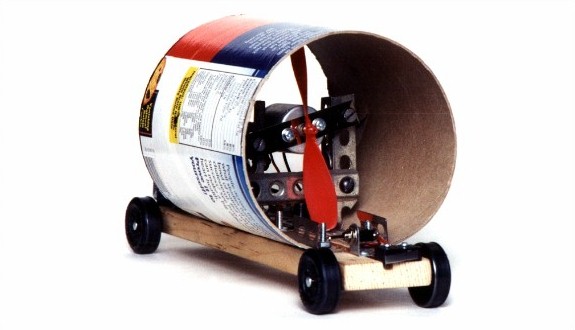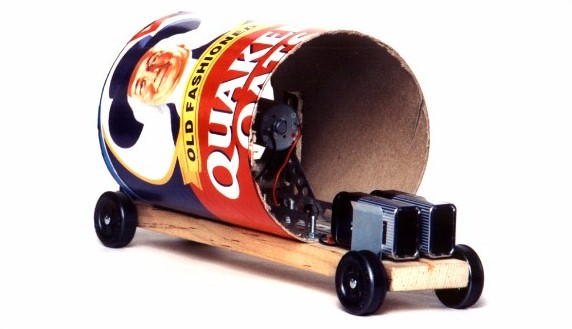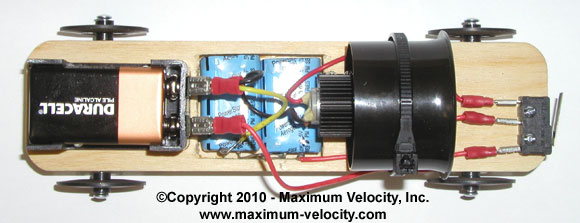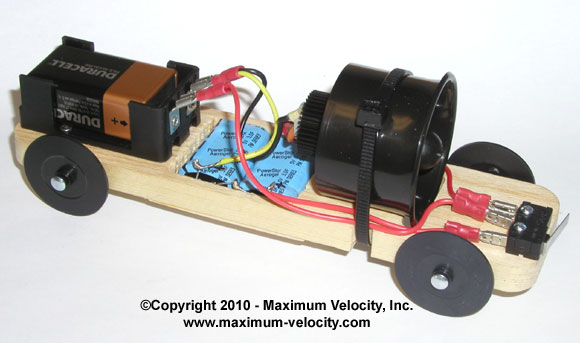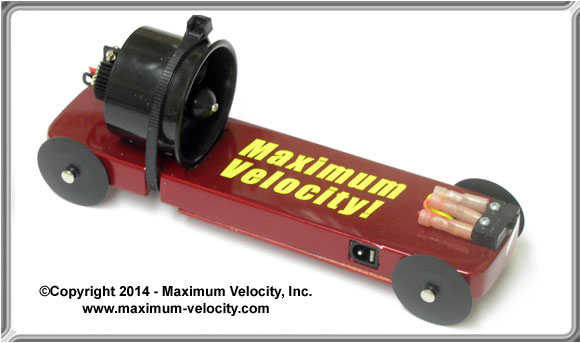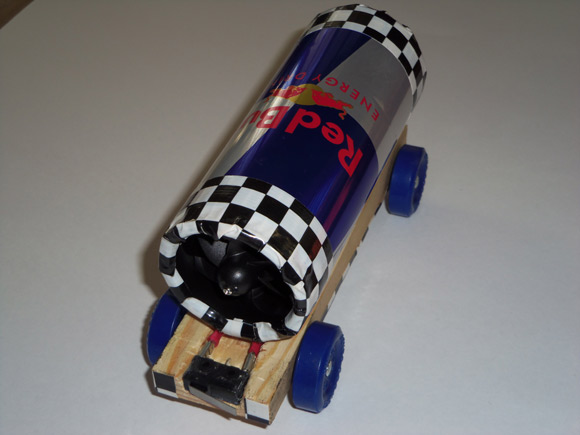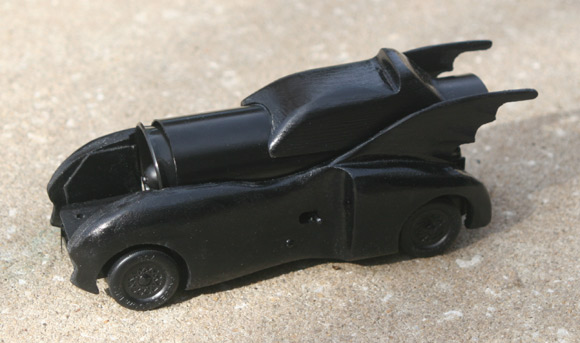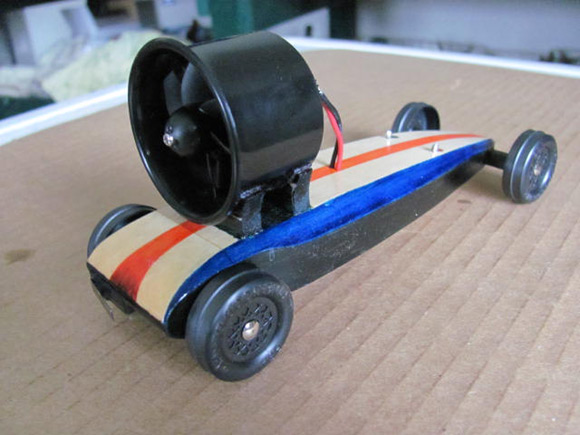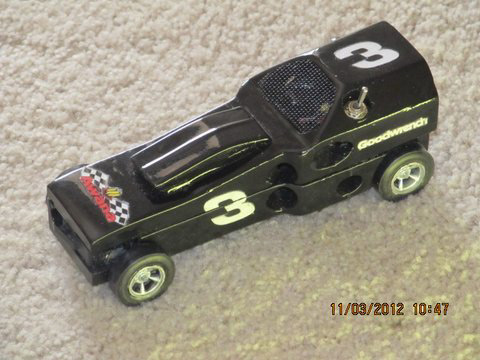Editor's Notes
Reader Feedback
 From Mark Robison: From Mark Robison:
"Thank you for sharing the Derby Guy's Paint Stand on Derby Talk and
for carrying this product. I have a tip that I'd like to pass along
about how to care for the tool and keep paint off the metal parts.
I can't tell you how much I enjoy using this paint stand or how many
cars I've painted using this tool. However, the cleanup and removal of
the paint that gets sprayed on the metal parts can be difficult to
clean off with paint thinner.
So try this tip before painting a car. Rub petroleum jelly or
Johnson's paste wax on the metal parts. When the car is dry and can be
removed from the stand, wipe the tool down with a rag or paper towel.
This method makes cleaning and care for the tool a whole lot easier."
You can find the Paint Stand Here.
MV Basic & Wedge Car Kits
 
If you are planning a race and are not required to use a specific kit
type, our MV Basic or Wedge Car Kit are just what you need. These attractively
priced kits are equipped with:
Quality Block - Unlike the blocks provided by some organizations,
our blocks are soft, northwestern pine blocks, cut precisely to 7
inches long, 1-3/4 inches wide, and 1-1/4 inches tall. These
dimensions, as well as the axle slots accurately duplicate the
dimensions of standard pinewood derby blocks from BSA and PineCar. Simple Axle Preparation - Don't worry about filing off flaws, or
losing hub caps. Our Speed Axles have no burrs or crimp marks, and
install without hub caps. With or without polishing, they are ready to
go. We supply five, so you have a spare. Quality Wheels - Forget cheap, out of round wheels. Our MV wheels
are top-quality wheels. You will not be disappointed with the quality
of these wheels.
So, if your organization does not mandate a particular kit type,
consider our MV Basic Car Kits or MV Wedge Car Kits.
|
 |
Inventory Clearance Sale
We are clearing inventory on several items including car kits, car
plan booklets, and pine blocks (plain, standard, and extended
drilled). Click Here to find our clearance items. Don't miss out on the great prices.
Can We Help?
If we can help you in any way with your pinewood derby project, or if you have any feedback regarding this newsletter, please contact us at: [email protected]
|






 From Mark Robison:
From Mark Robison:

